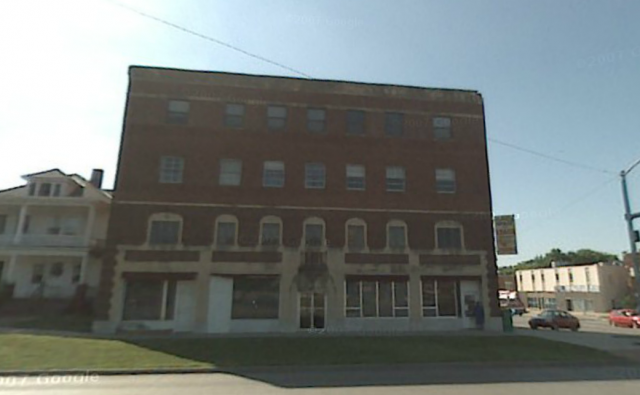
A recent (March 21) decision by the U.S. District Court for the District of Columbia in a 25-year-old lawsuit against the government found that many federal agencies have been inaccurately reporting the number of unused properties they own, violating a federal law that requires agencies to list unused buildings that could be used to provide services to the homeless.
The National Law Center for Homelessness and Poverty (Law Center) and several other nonprofit groups filed the lawsuit in 1988, charging that federal agencies—including the Departments of Defense, Health and Human Services (HHS), Housing and Urban Development (HUD) and Veterans Affairs, as well as GSA and the D.C. Department of Health and Human Services—were not complying with Title V of the McKinney-Vento Homeless Assistance Act of 1987. Title V requires federal agencies to list unused, surplus or underused properties in the Federal Register. Homeless services providers—including states, local government agencies, and nonprofit groups—then have the right of first refusal to those properties for 60 days. After that 60-day holding period has expired, if no organization has submitted a written “expression of interest” to HHS, the property-owning agency can sell or otherwise dispose of the property. The program does not provide funding, and properties are made available on an “as is” basis. Properties may be deeded to the service provider or leased without charge; recipient organizations must pay all operating and repair costs.
After the original lawsuit was filed, a judge issued a permanent injunction in 1993 ordering the government to implement the law and preserved the nonprofit groups’ right to bring the issue before the court again if agencies did not comply. In 2011, government lawyers attempted to do away with the order, claiming that agencies had been in compliance for 18 years. Judge Royce Lamberth declined that request last month, writing that “the court finds troubling indications of widespread noncompliance” and adding that “landholding agencies appear to be hiding potentially eligible properties from the Title V process.” Lambeth also acknowledged a discrepancy between the number of unused federal properties reported through that process (fewer than 28,000 between 2005 and 2011) and the number of properties that the Office of Management and Budget (OMB) calls unused or surplus (69,000, according to a 2010 OMB memorandum).
The March 21 ruling orders GSA and HUD to take additional steps to ensure that federal agencies comply with Title V, including the creation of new training programs.
How many surplus federal properties actually are acquired by agencies that serve the homeless? According to the Law Center, since the program began in 1989, nearly 500 pieces of surplus federal property, including buildings and vacant land, have been transferred to homeless service providers, and services at these properties benefit 2.4 million homeless people each year. The Law Center cites four examples:
- The Salvation Army’s Westwood Transitional Village–built on 2 acres of formerly vacant federal property in Los Angeles—houses 150 previously homeless men, women and children in 40 apartments for up to two years and provides supportive services including counseling and employment assistance.
- The S. Mark Taper Foundation Shelter Resource Bank—housed in a former government warehouse in Bell, Calif.—stores and distributes donated surplus inventory to homeless services agencies throughout Los Angeles County.
- The Tundra Women’s Coalition in Bethel, Alaska—located in former U.S. Army housing on the Yukon-Kuskokwim Delta—houses eight to 15 victims of domestic violence at a time and provides ongoing support services.
- Breakthrough House—set in a former Social Security Administration building in Topeka, Kansas—provides a range of services for 400 mentally ill people each year.
